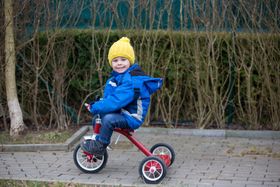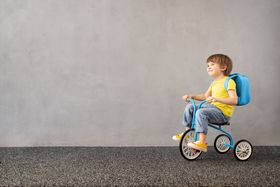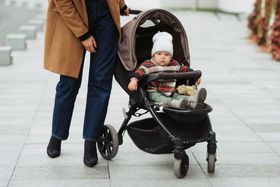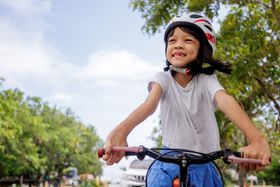Please choose a market from our global website network for local availability and information.
Choose country


Order before 1 PM for NEXT DAY delivery & enjoy extended Christmas returns
Discover when your baby may start standing on their own, how to strengthen their leg muscles, and how to encourage physical activity and motor skill development
Updated September 12, 2023
Child development is a fascinating and exciting journey, but for new parents, it can also be filled with uncertainty and questions. One common question that parents often have is when their children will be able to stand comfortably on their own.
Generally speaking, babies will start to bear weight on their legs with their feet flat on the floor at around 7 months of age. By 10 months, some babies may even be able to stand without assistance and take a few steps while holding onto something for support. However, it's essential to keep in mind that every baby develops at their own pace, so these timelines may vary.
On average, babies can begin to stand without support between the ages of 9 and 12 months. At first, they may only be able to stand for a few seconds before losing balance, but they will gradually improve their balance and eventually learn to walk while holding onto furniture or with the help of your hands. During this learning period, it's crucial to keep a close eye on your baby and prevent any potential falls by staying within reach and keeping them away from sharp or hard objects, as well as stairs.
To develop the necessary muscles for standing without support, your baby needs to engage in activities that strengthen the legs, hips, and core muscles. This can be achieved through tummy time exercises and by holding your baby upright and encouraging them to practice balancing.
Encouraging physical activity is a great way to strengthen your baby's leg muscles. By around 12 months old, most toddlers have developed the gross motor skills needed to pedal, making a stroller trike a fantastic choice for parents looking to promote physical exercise and motor skill development.
The 5-in-1 STR3 folding stroller trike is an ideal option, suitable for babies from 10 months old to early toddlerhood. With the ability to rest or pedal, it offers flexibility for your child's needs and parental controls that can be gradually transitioned to child control as they grow and gain more confidence in steering and pedaling.

Jaya Narinesingh
November 16, 2023

Tatiana Kopyrina
September 12, 2023

George Croft
August 31, 2023

Jaya Narinesingh
September 1, 2023

Malika Yuldasheva
September 11, 2023
Tatiana Kopyrina